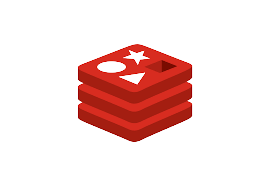1,737 reads
How to Build a Digital Auction SaaS Platform using JavaScript, AWS Lambda, and Redis
by
December 11th, 2021
Audio Presented by

Redis is the driving force behind Open Source Redis & commercial provider of Redis Enterprise, a real-time data platform
About Author
Redis is the driving force behind Open Source Redis & commercial provider of Redis Enterprise, a real-time data platform